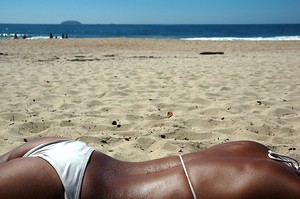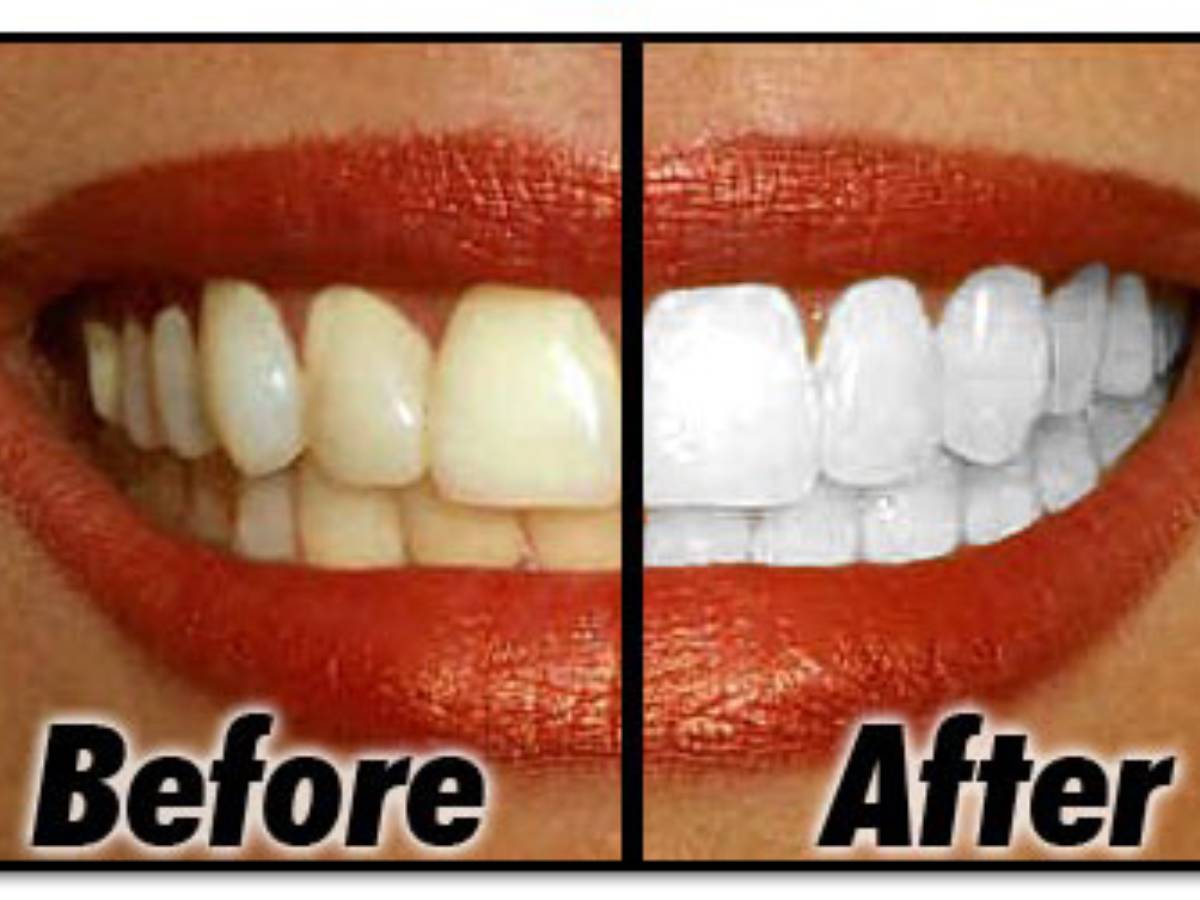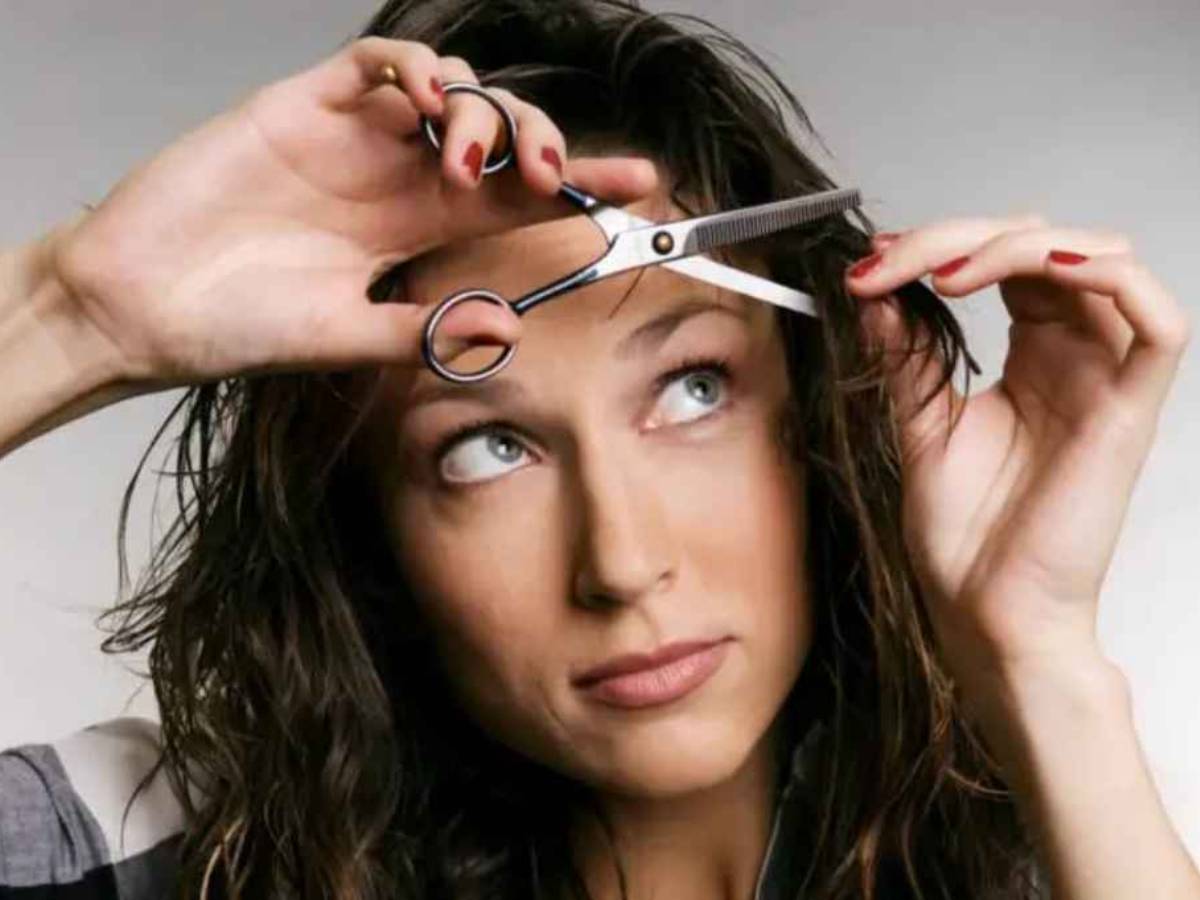 Even though tanning isn’t quite as popular as it used to be, there are still a number of people who insist on adding color to their skin.
Even though tanning isn’t quite as popular as it used to be, there are still a number of people who insist on adding color to their skin.
Please do keep one thing in mind though: Skin cancer is no joke.
If you haven’t revised your suntanning procedures yet — in search of safer alternatives for getting a tan — now may be the time to do so.
Following are a few things to keep in mind the next time you think you want a tan, including the “safest” ways to get a tan… if you must.
#1 These days, beach tans are less than popular.
We have to make one thing crystal clear: there is no such thing as a “safe” tan. By going out in the sun unprotected, you risk getting wrinkly early-aged skin, getting nasty, painful sunburns, getting skin cancer. Source
#2 Tanning beds are not as safe as you might think, either.
Indoor tanning before the age of 35 has been associated with a significant increase in the risk of melanoma … Research shows 70% of indoor tanners are female, primarily 16 to 29 years old — the age group that’s particularly at risk for developing skin cancer. We especially hope women who are using or considering using tanning salons will think twice about partaking in this risky behavior. Source
#3 Tanning pills are not recommended by the FDA.
Although canthaxanthin is approved by the FDA for use as a color additive in foods, where it is used in small amounts, its use in so-called tanning pills is not approved. Imported tanning pills containing canthaxanthin are subject to automatic detention as products containing unsafe color additives. Source
#4 Sunless tanning is the best way to go.
Sunless tanning products are generally regarded as safe alternatives to sunbathing. The FDA considers DHA safe when applied to your skin. Spray-on tanning or mist-on tanning from a salon or spa is typically applied to all parts of your body — including your face — to ensure an even color. This creates a potential for the product to get into and around your eyes, near your nostrils or onto your lips. The risks, if any, of inhaling or ingesting DHA are unknown, so close your eyes and hold your breath while the tanner is applied. You may also want to request or bring along protective devices, such as goggles or nose plugs. Source
My Personal Tanning Advice
I like to play the occasional joke of walking into a tanning salon and announcing that I need a tan.
Okay, it’s only funny if you are looking at me, because I already have dark skin. My “announcement” usually leaves the person behind the counter searching for words and in a visible panic.
Regardless of the fact that I was born with a ready-made tan, I still know a thing or two about tanning. I spent many hours during my college years trying to explain to passersby that yes, black people get tans too… on purpose.
- How To Get A (Relatively) Safe Tan
- Tanning Beds Are Just As Risky As Sun Exposure
- Experts Say There’s No Such Thing As A Safe Tan
- Tanning Beds May Increase Skin Cancer Risk
- The Only Safe Tan
- Sunless Tanning: Baking Is Out, Faking Is In
- Are Tanning Beds Safe? Experts Say No
- No Tan Is A Safe Tan
- Tanning Myths: What’s True? What’s Hype?
- Worth Repeating: No Such Thing As A Safe Tan
- Getting Burned By Tanning Beds



